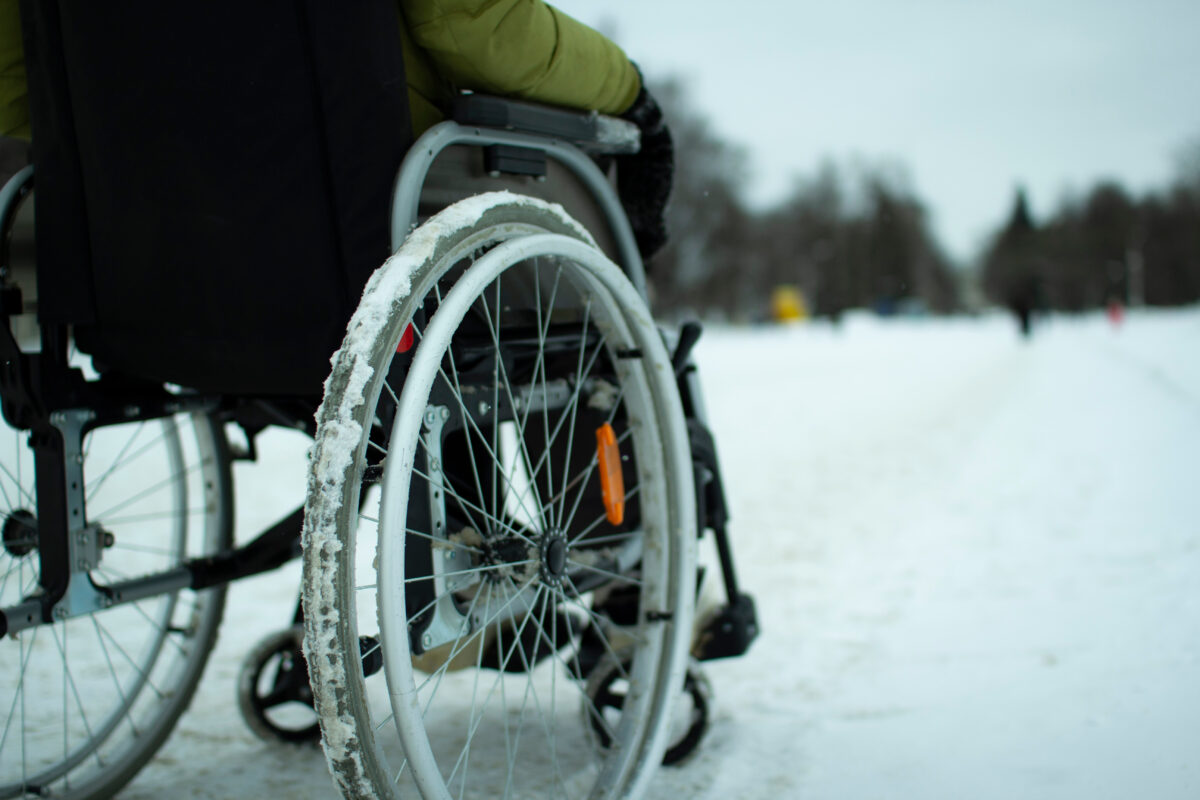As winter approaches, it’s important to ensure those with disabilities are well-equipped and prepared to take on the cold season. Unfortunately, harsh weather can pose more risks for those living with a disability than for others.
Many safety concerns need proper preparation, from slippery sidewalks to extreme temperatures and limited access to transportation options. With that in mind, we’re here to provide helpful tips on how you can ensure your safety throughout the winter.
Have an emergency kit on hand and a plan
Pay special attention during the winter as individuals with disabilities may have greater difficulty keeping warm in cold weather or experience delays in getting assistance during extreme temperatures. Furthermore, drugs used to control various medical conditions may be affected by cold.
Delta Center recommends having a fully stocked emergency kit on hand that includes items such as:
- Medication
- First aid supplies
- Water
- Non-perishable food
- Warm clothing
- Blankets
- A backup power source
Taking the time to prepare now will allow individuals with disabilities greater peace of mind should an emergency arise.
Have a support system
During winter, temperatures can drop unexpectedly. To stay safe throughout the winter season, it is vital to ensure that you have a support system with family or friends who can look out for you during the cold winter months.
Having someone who regularly checks in on you is an important way of ensuring winter safety. Maintaining communication with these important people can give you peace of mind while protecting your security during winter.
Prepare your mobile assistive device for winter
Winter weather can be tough on wheelchair users as snow and ice present many challenges. Make sure that your assistive device is tuned up, has an emergency kit packed with it, and is even prepped with snow tires.
Remember your service animal
Service dog owners must adequately prepare their service dogs for the cold weather. A service dog’s coat should be thick enough to keep it warm, and its paws should be covered with boots or waxed balm to protect against snow, ice, and salt. Also, consider the outdoor conditions in which you take your service dog; try to limit its exposure when temperatures are extremely low. Taking the necessary precautions such as these will keep your service dog safe and comfortable during winter.

